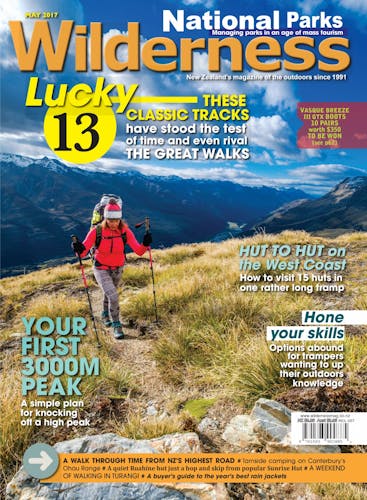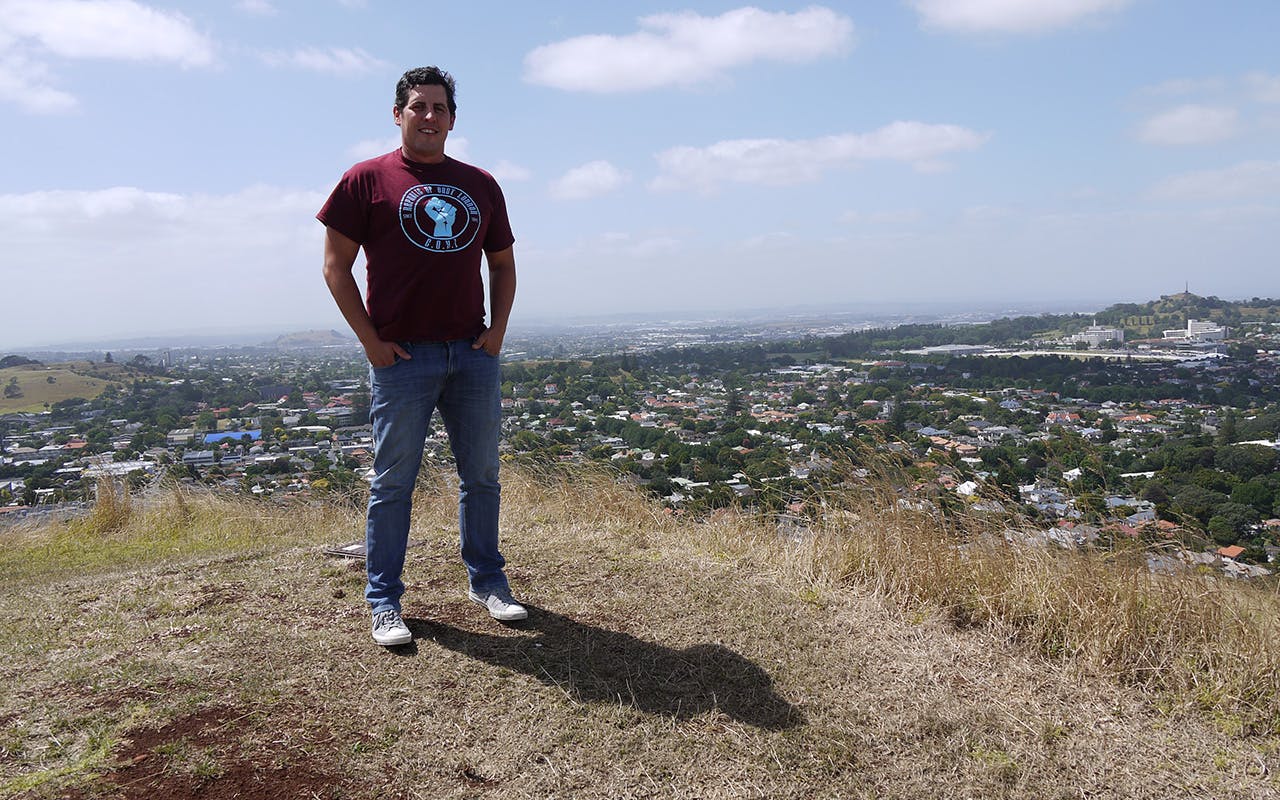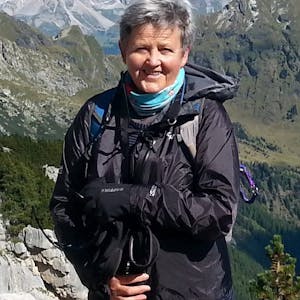Fifty people cramming into a 16-bed hut, toilet waste spread around a pristine lake, freeloaders – we’ve heard the gripes. When it comes to discussing pressures on the conservation estate, Te Araroa Trail walkers come in for a bit of flak. Is it justified?
No, says Te Araroa Trail chief executive Rob Wakelin. “I see a lot of negativity and I don’t see the basis of that negativity. Walkers tend to move in a six- to eight-week ‘bubble’ down the country. This can put pressure on capacity in certain spots, for example when they all meet around the top of the South Island, but it’s only ever momentary. It lasts just a few weeks and the situation has been overstated by some.
“The fact is, the trail is also taking people to many areas that were once seldom-visited. Now those areas are being upgraded and that is benefitting all New Zealanders who want to use those facilities throughout the year.
“I think the Te Araroa Trail is part of the solution, not the problem.”
Trail improvements, says Wakelin, include better bridging and route marking in the Richmond Range and Pelorus River, better marking along the alpine sections in the South Island, and track marking in the Tararua that is “10 times better than a few years ago”.
“Caroline Creek Bivvy, in North Canterbury, is being replaced by a hut (funded by an anonymous donor) and that’s a facility that can be used by everyone,” he adds.
Wakelin also disputes the oft heard criticism that trail walkers get a free ride. “These people are paying their way. Sure, they pay $92 for a six-month hut pass, but half the trail is not on conservation land so they also stay in a mix of holiday parks and hostels in towns and in remote regions; they are certainly contributing money into the government pot.”
Concerns have also been raised about the dangers of overseas walkers travelling rough, unfamiliar terrain. The fears are largely unfounded, says Wakelin.
“Te Araroa walkers are generally experienced. At least half have already done a long walking trail somewhere in the world. Te Araroa walkers are in fact completely under-represented in terms of accidents.”
Wakelin estimates around 500 walkers have been on the trail this summer, that’s up from 350 the year before and 200 before that. “It’s good, solid growth but not overwhelming, which would be hard to manage.”
The Instagram response of Josephine Ansell, a French endurance athlete who completed the 3000km trail in March (in 99 days) is typical. “It’s been an incredible adventure and I have absolutely loved (almost) every minute of it. New Zealand, I’m going to miss your beautiful mountains.”








